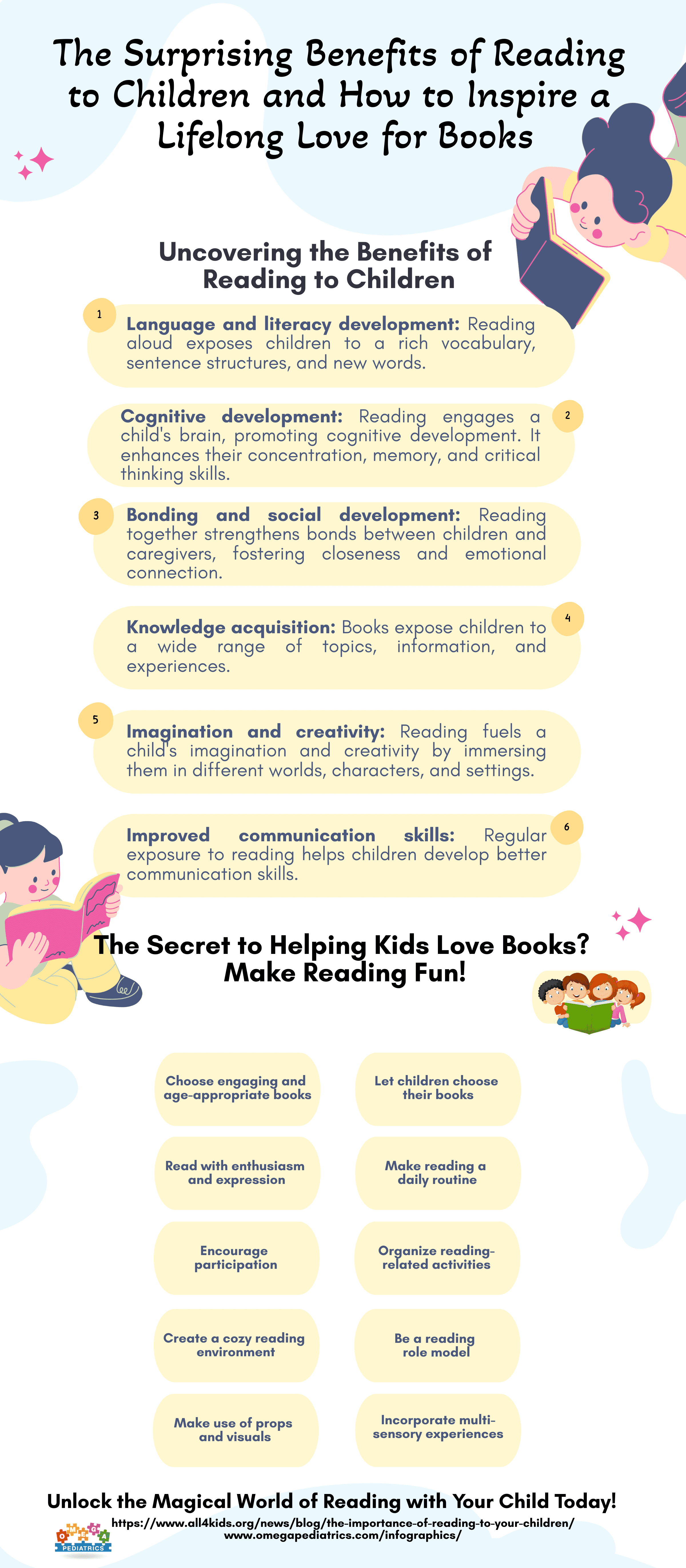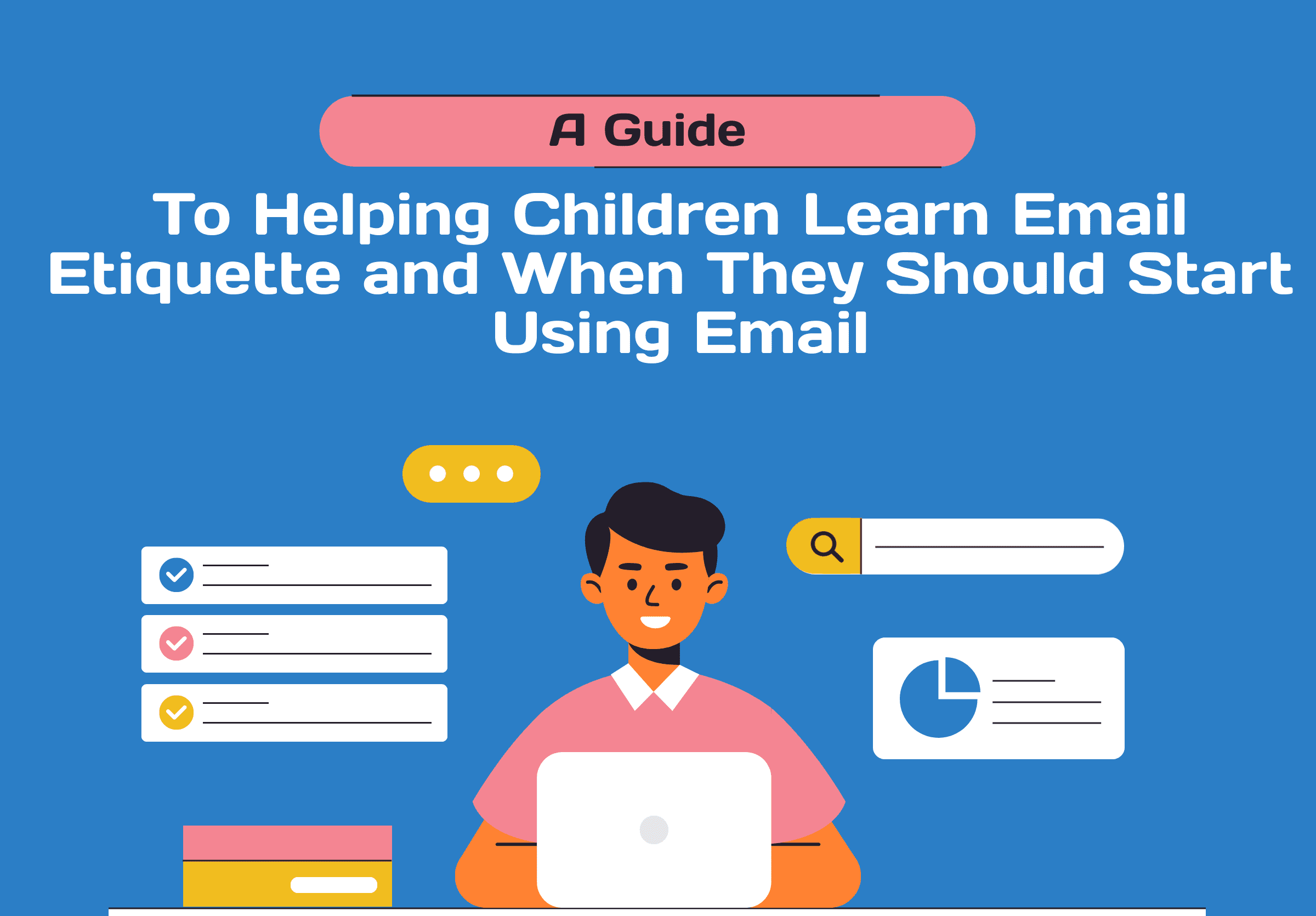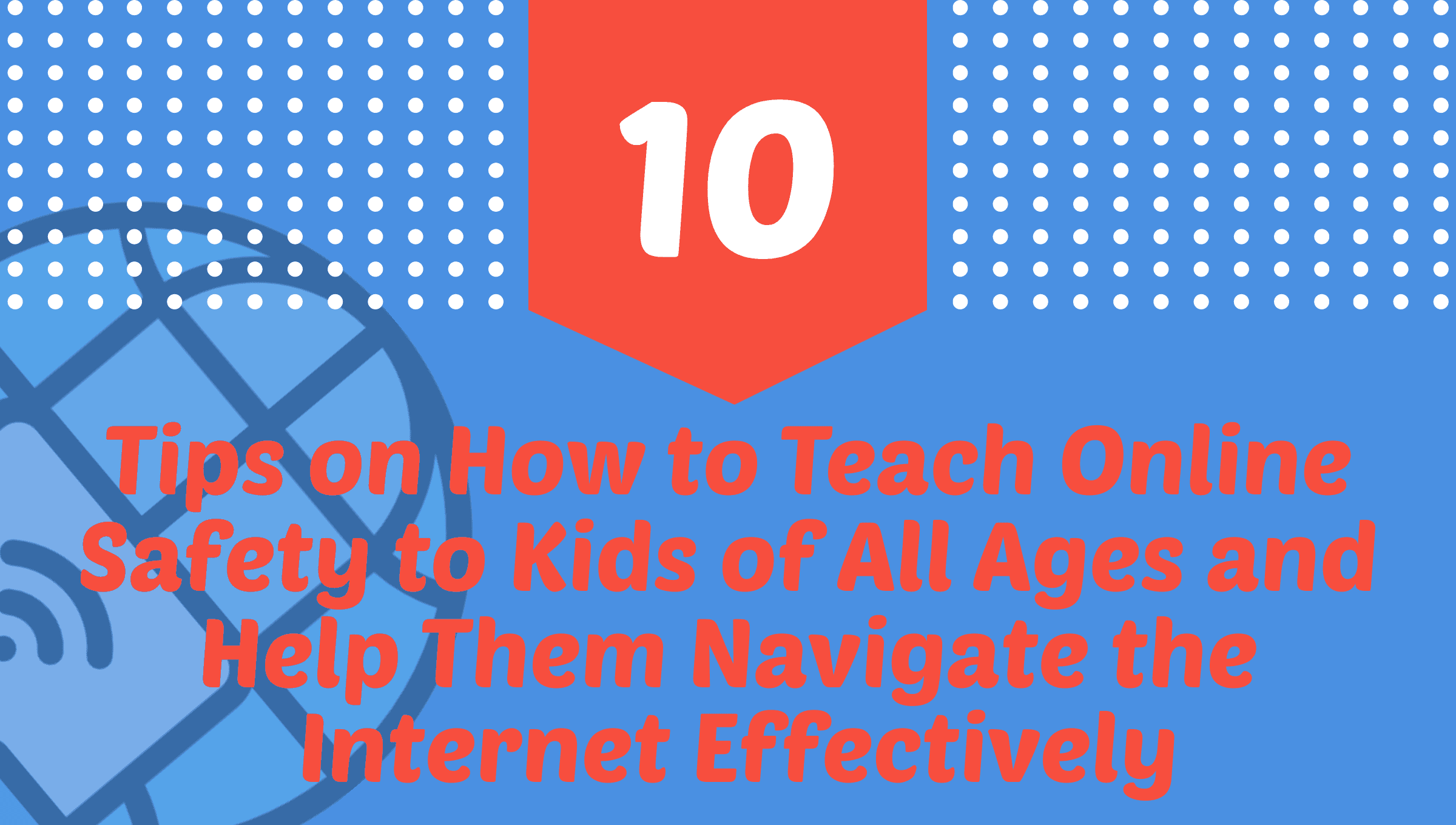
Uncovering the Benefits of Reading to Children
- Language and literacy development: Reading aloud exposes children to a rich vocabulary, sentence structures, and new words. It helps them develop language skills, expand their vocabulary, and improve their comprehension abilities. Regular exposure to reading also fosters early literacy skills, such as letter recognition, phonemic awareness, and reading readiness.
- Cognitive development: Reading engages a child’s brain, promoting cognitive development. It enhances their concentration, memory, and critical thinking skills. It exposes them to different concepts, ideas, and perspectives, stimulating their imagination and creativity. Reading also helps children develop problem-solving abilities as they navigate storylines and make connections between characters and events.
- Bonding and social development: Reading together creates a positive bonding experience between children and their caregivers. It offers opportunities for closeness, interaction, and emotional connection. Additionally, reading introduces children to social situations, emotions, and empathy through diverse characters and storylines. It can spark conversations about feelings, values, and relationships.
- Knowledge acquisition: Books expose children to a wide range of topics, information, and experiences. Reading helps children acquire knowledge about the world, nature, history, cultures, and more. It broadens their understanding, enhances their general knowledge, and encourages curiosity and a love for learning.
- Imagination and creativity: Reading fuels a child’s imagination and creativity by immersing them in different worlds, characters, and settings. It encourages them to visualize scenes, interpret illustrations, and engage in pretend play. This imaginative engagement supports cognitive and emotional development while nurturing their storytelling and creative thinking skills.
- Improved communication skills: Regular exposure to reading helps children develop better communication skills. They learn about storytelling structures, dialogue, and effective communication patterns. They also grasp the nuances of language, grammar, and expression, which benefits their oral and written communication abilities.
- Preparing for academic success: Reading lays a foundation for academic success. Children who are read to regularly often develop a love for books and learning. They tend to perform better in school, have stronger reading comprehension skills, and exhibit higher levels of literacy overall.
- Emotional and social intelligence: Books often explore emotions, relationships, and social situations. Reading exposes children to diverse characters, perspectives, and emotions, promoting emotional intelligence and empathy. It helps them understand and navigate their own feelings and develop social skills by observing character interactions.
The Secret to Helping Kids Love Books? Make Reading Fun!
- Choose engaging and age-appropriate books: Select books with captivating illustrations, vibrant colors, and interactive elements like lift-the-flap or touch-and-feel books for younger children. For older children, choose books that match their interests and offer intriguing storylines or fascinating information.
- Read with enthusiasm and expression: Use different voices for characters, vary your tone, and make the story come alive through expressive reading. Show your enthusiasm and genuine enjoyment while reading aloud to capture your child’s attention and make the experience more engaging.
- Encourage participation: Involve your child actively during reading sessions. Ask questions, encourage them to predict what might happen next, or discuss their favorite parts of the story. Encourage them to participate in storytelling by allowing them to add their ideas or alternate endings.
- Create a cozy reading environment: Set up a comfortable reading nook or a cozy corner with cushions, blankets, and a selection of books. Make it a special space where your child can retreat to read and explore books independently or with you.
- Make use of props and visuals: Use props, puppets, or stuffed animals to bring characters to life and make the story more interactive. Use visual aids or illustrations to enhance comprehension and engagement, especially for non-fiction books.
- Incorporate multi-sensory experiences: Make reading a multi-sensory experience by incorporating related activities. For example, if reading a book about animals, visit a zoo or create animal-themed crafts. By engaging different senses, children can connect the reading experience to real-world exploration and hands-on learning.
- Let children choose their books: Allow children to have a say in selecting their own books. Visit libraries, bookstores, or create a home library where they can browse and choose books that pique their interest. Giving them autonomy in their reading choices increases their motivation and enjoyment.
- Make reading a daily routine: Set aside dedicated time for reading every day, whether it’s a bedtime story or a reading session during the day. Consistency and routine help establish reading as an enjoyable habit.
- Organize reading-related activities: Plan fun reading-related activities, such as book clubs, where children can discuss books with their peers or engage in book-themed crafts, plays, or storytelling sessions. These activities foster social interaction and make reading a shared and enjoyable experience.
- Be a reading role model: Demonstrate your own love for books by reading in front of your child. Let them see you enjoying books, whether it’s a novel, magazine, or newspaper. Your enthusiasm for reading will inspire and encourage them.
Exploring Further Dimensions of Reading Enchantment
Interactive Technology in Reading Education
As the world embraces technological advancements, incorporating interactive elements into the reading experience can further enhance a child’s engagement. Educational apps, audiobooks with sound effects, and interactive e-books provide a dynamic way to captivate young minds. These tools not only add a layer of excitement to the storytelling process but also offer a multisensory approach to learning.
Diverse Representation in Children’s Literature
Promoting diversity in children’s literature is crucial for fostering a sense of inclusivity and broadening perspectives. Seek out books that feature characters from various cultural backgrounds, abilities, and family structures. A diverse range of stories helps children relate to different experiences, promoting empathy and understanding from an early age.
Reading Across Generations: Family Book Clubs
Extend the joy of reading beyond parent-child interactions by establishing family book clubs. Select a book everyone can enjoy, and set aside time for regular discussions. This not only strengthens familial bonds but also encourages collaborative learning and the exchange of ideas. Family book clubs create a supportive environment for children to express their thoughts and opinions.
Literature-Based Learning Adventures
Transform reading into a gateway for educational adventures. Take inspiration from the books you read and embark on related explorations. If a story involves a historical setting, consider visiting a museum or exploring historical sites. This immersive approach connects literature to real-world experiences, reinforcing the educational value of books.
Digital Platforms and Storytelling Communities
Explore digital platforms that offer interactive storytelling experiences. Some apps and websites allow children to create their own stories, fostering creativity and imagination. Joining online storytelling communities introduces children to a broader audience and encourages them to share their literary creations, promoting a sense of accomplishment and pride in their storytelling abilities.
Adapting Books into Creative Projects
Transforming books into hands-on projects adds an extra layer of enjoyment. Encourage your child to create art inspired by a story, write their sequel, or even act out scenes. These creative endeavors not only reinforce comprehension but also allow children to express themselves in diverse ways, making the reading experience even more memorable.
Book Swaps and Reading Events
Expand your child’s reading horizons by organizing book swaps or participating in community reading events. Exchanging books with friends or attending book fairs exposes children to a variety of genres and authors. The social aspect of these activities cultivates a sense of community and shared enthusiasm for reading.
Integrating Cultural and Linguistic Diversity
If your family speaks multiple languages or if you are part of a multicultural community, explore children’s books in different languages. This not only enriches language skills but also celebrates cultural diversity. It’s an excellent way to instill pride in one’s heritage and promote an understanding of various linguistic nuances.
Nurturing a Lifelong Love for Reading
Building Lifelong Reading Habits
Creating a foundation for a lifelong love of reading involves nurturing habits that extend beyond childhood. As children grow, adapt your reading rituals to suit their evolving interests. Introduce them to different genres, authors, and literary styles to broaden their literary palate.
Embracing Reading Challenges
Turn reading into an exciting adventure by introducing reading challenges. Set goals, such as completing a certain number of books within a timeframe or exploring a new genre each month. These challenges provide a sense of accomplishment and turn reading into a lifelong pursuit of knowledge and enjoyment.
Cultivating Critical Thinking Through Literature
As children progress through their academic journey, encourage them to delve into literature that challenges their thinking. Classic literature, thought-provoking novels, and books that explore complex themes can stimulate critical thinking and contribute to a well-rounded intellectual development.
Encouraging Voluntary Reading
While structured reading sessions are essential, fostering a voluntary reading habit is equally vital. Allow children the freedom to explore books on their own terms. Whether it’s diving into a comic book, magazine, or a novel, voluntary reading empowers children to take control of their literary journey.
Embracing Technology in Literary Exploration
As technology continues to evolve, so does the landscape of children’s literature. Interactive e-books, educational apps, and audiobooks offer innovative ways to engage young readers. These tools, when used judiciously, can complement traditional reading methods, providing an enriched and interactive literary experience. Embracing technology in literary exploration opens new avenues for learning and ensures that reading remains a dynamic and evolving activity.
Fostering Global Perspectives Through Literature
In an increasingly interconnected world, exposing children to literature from diverse cultures and perspectives is essential. Actively seeking books that explore different customs, traditions, and ways of life instills a global mindset from an early age. As children encounter characters with backgrounds different from their own, they develop a broader understanding of the rich tapestry of humanity.
Instilling a Sense of Responsibility Through Reading
Encouraging children to care for their books and share them with others instills a sense of responsibility. Book swaps, donations to libraries, or participating in community reading initiatives teach children the value of sharing the joy of reading with their peers. This sense of responsibility extends beyond the individual, fostering a communal appreciation for the written word.
The Evolution of Reading Rituals
As children grow, so should the reading rituals that accompany their developmental stages. Transitioning from bedtime stories to independent reading and later to shared discussions about complex literary works ensures that reading remains a constant and evolving presence in their lives. Adapting reading habits to align with the changing needs and interests of children reinforces the idea that literature is a lifelong companion.
Conclusion: A Literary Legacy
In the enchanting world of children’s literature, the benefits of reading extend far beyond the immediate advantages in language development and academic success. It lays the foundation for a lifelong love of learning, sparks creativity, and nurtures empathy. By making reading a cherished part of a child’s routine, caregivers and educators contribute to the formation of a literary legacy.
As we witness the transformation of a child into a lifelong reader, it becomes evident that the journey of literary exploration is a continuum. It’s not confined to the pages of a particular book or a specific stage of childhood. Instead, it evolves, grows, and intertwines with the ever-changing landscape of a child’s intellectual and emotional development.
In essence, the act of reading to children and inspiring a love for books is a gift that keeps on giving. It’s a legacy that transcends generations, shaping not only the minds but also the hearts of those who embark on the magical adventure of storytelling. So, let the pages turn, the stories unfold, and the love for reading become a beacon guiding young minds through the vast and wondrous realms of literature.



